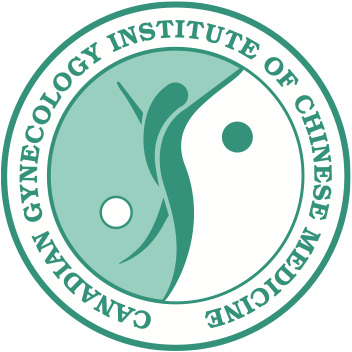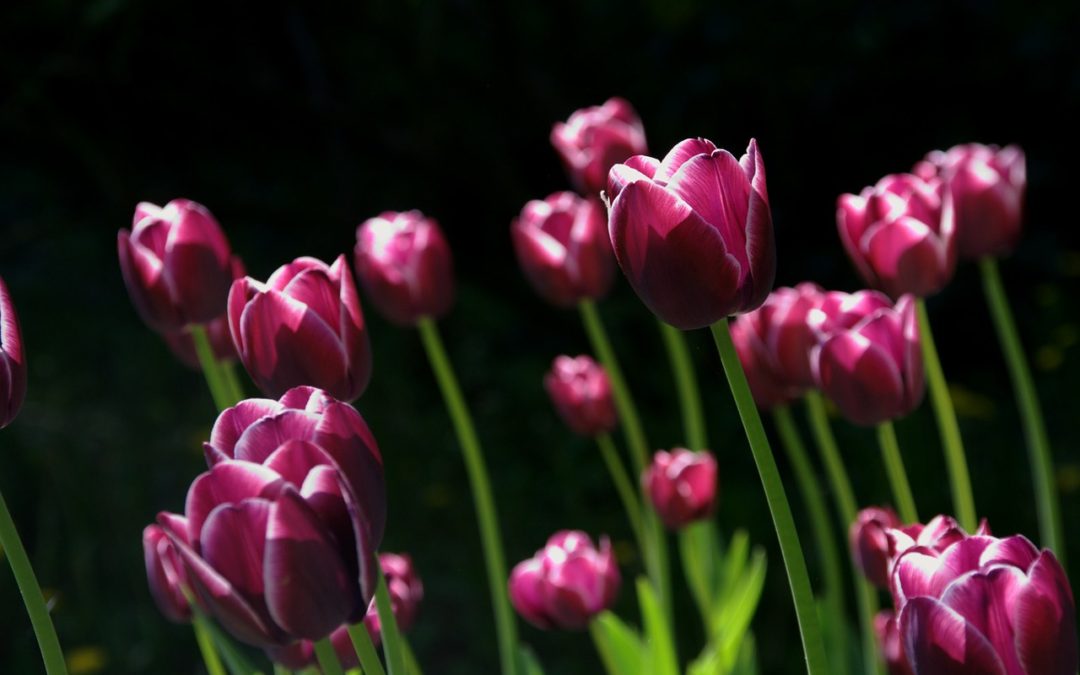Yeast Infections – Vulvovaginal Candidiasis
(This blog on Vulvovaginal Candidiasis is written primarily in the interest of Chinese Medicine Practitioners and Acupuncturists. For a more patient focused article on this topic, please see our page cgicm.ca/what-we-treat-infections/yeast-infections/
Candida albicans is responsible for 85% to 90% of vaginal yeast infections. Other species of candida, such as C. glabrata and C. tropicalis, can also cause vulvovaginal Candidiasis.
It is estimated that as many as 75% of women experience at least one episode of vulvovaginal candidiasis (VVC) during their lifetimes. Almost 45% of women will experience two or more episodes. Fortunately, few are plagued with a chronic, recurrent infection.
Candida are dimorphic fungi existing as blastospores, which are responsible for transmission and asymptomatic colonization, and as mycelia, which result from blastospore germination and enhance colonization and facilitate tissue invasion. The extensive areas of pruritus and inflammation often associated with minimal invasion of the lower genital tract epithelial cells suggest that an extracellular toxin or enzyme may play a role in the pathogenesis of this disease. A hypersensitivity phenomenon also may be responsible for the irritative symptoms associated with VVC, especially for patients with chronic, recurrent disease.
Patients with symptomatic disease usually have an increased concentrations of these microorganisms (>10 4 / mL) compared with asymptomatic patients (<10 3 / mL). Factors that predispose women to the development of symptomatic VVC include: antibiotic use, pregnancy, and diabetes. Through a mechanism referred to as colonization resistance, lactobacilli prevent the overgrowth of the opportunistic fungi. Antibiotic use disturbs the normal vaginal flora, decreasing the concentration of lactobacilli and other normal flora, and thus allowing an overgrowth of fungi. Pregnancy and diabetes are both associated with a qualitative decrease in cell-mediated immunity, leading to a higher incidence of candidiasis.
Diagnosis: the symptoms of VVC consist of vulvar pruritus associated with a vaginal discharge that typically resembles cottage cheese. The discharge can vary from watery to homogeneously thick. Vaginal soreness, dyspareunia, vulvar burning, and irritation may be present. External dysuria (“splash” dysuria) may occur when micturition leads to exposure of the inflamed vulvar and vestibular epithelium to urine. Examination reveals erythema and edema of the labia and vulvar skin. There may be discrete pustulopapular peripheral lesions. The vagina may be erythematous with an adherent, whitish discharge. The cervix appears normal.
The pH of the vagina in patients with VVC is usually normal. Fungal elements, either budding yeast forms or mycelia, appear within as many as 80% of cases.
The results of saline preparation of the vaginal secretions usually are normal, although there may be a slight increase in the number of inflammatory cells in severe cases. The whiff test is negative.
A presumptive diagnosis can be made in the absence of microcopy-proven fungal elements if the pH and the results of the saline preparation are normal.
A fungal culture is recommended to confirm the diagnosis.
Chronic Vulvovaginal Candidiasis
A small number of women develop chronic recurrent VVC. These women experience persistent irritative symptoms of the vestibule and vulva. Burning replaces itching as the prominent symptom in patients with chronic VVC.
The diagnosis should be confirmed by direct microscopy of the vaginal secretions and by fungal culture. Many women with chronic vaginitis presume that they have a chronic yeast infection when this is not the case, many of these patients have chronic atopic dermatitis or atrophic vulvovaginitis.
The treatment of patients with chronic VVC consists of inducing a remission of chronic symptoms with Ketoconazole (400 mg/day) or fluconazole (150 mg/ 3 days) until symptoms resolve, patients should then be maintained on prophylactic doses of these agents.
Treatment in Western Medicine: Topical applied azole drugs (creams of Butocomazole, Clotrimazole, Miconazole)and the oral antifungal agent, fluconazole.
Etiology & Pathology in TCM
These kinds vaginitis mainly manifest excessive vaginal discharge, pain, pruritus, and dyspareunia.
Chinese medicine relies on the nature of the vaginal discharge as a diagnostic tool. A large amount of vaginal discharge signifies deficiency of the Kidney and Spleen. Smelling and whitish or yellowish color indicate dampness or dampness heat; green color indicate Liver constraint. Deficiency of the Kidney, Spleen and Liver leads to the production of internal heat and dampness, which pours downward into the reproductive tract. Usually it is Kidney and Liver deficiency that generates heat, while deficiency of the Spleen leads to dampness. Differentiation includes Damp-heat in Liver channel, Spleen deficiency and damp downward, and Liver and Kidney insufficiency.
Vulvovaginal Candidiasis is damp-heat downward or Spleen deficiency and damp disturbance.
Treatment in Chinese Medicine
| Vulvovaginal Candidias Both have excessiv vaginal discharg | |||
| Syndrome | Discharge | Other Symptoms | Formula |
| Damp Heat Pouring Down | Yellow-white discharge that resembles cottage cheese, pruritus vulvae | Yellow urine, red tongue yellow greasy coating, soft slippery pulse | Modified Zhi Dai Tang |
| SP Deficiency with Damp Disturbance | Acute or chronic, dilute and watery discharge, discomfort of vulvae and vagina | Light red tongue, thready pulse | Modified Wan Dai Tang |
External Treatment
- Fumigation, Washing & Hip Bath: Hua Jiao, Huang Bai, Ku Shen, Bai Xian Pi, She Zhuang Zi 15g for each, cook to get 200 ml liquid for fumigation and hip bath.
- Acupuncture:GB 26, RN 3, SP 6, SP 9, ST 36, UB 20 reduce method.
- Vaginal douche: Tu Fu Ling, Ku Shen, She Zhuang Zi, Wu Mei, Ku Lian Pi, Bai Bu, Huang Bai, Di Fu Zi 10g for each, cook to get 200 ml liquid for vaginal douche, once a day, 10 days a course.
Visit https://cgicm.ca/blog/ for many more TCM Gynecology related articles.
Yuxiang Wang, R.Ac R. TCMP is dedicated to improving Chinese Medicine Gynecology in North America. She teaches in Toronto, Canada, Online, and leads a yearly intensive/beach holiday in Melaque, Mexico. Details about her course on Treating Menopause in May 2020 are available at learningonvacation.com

